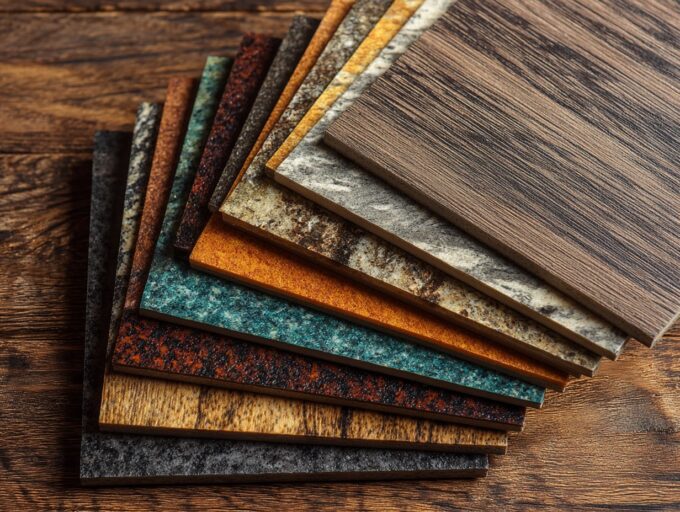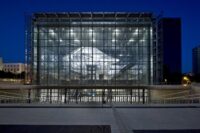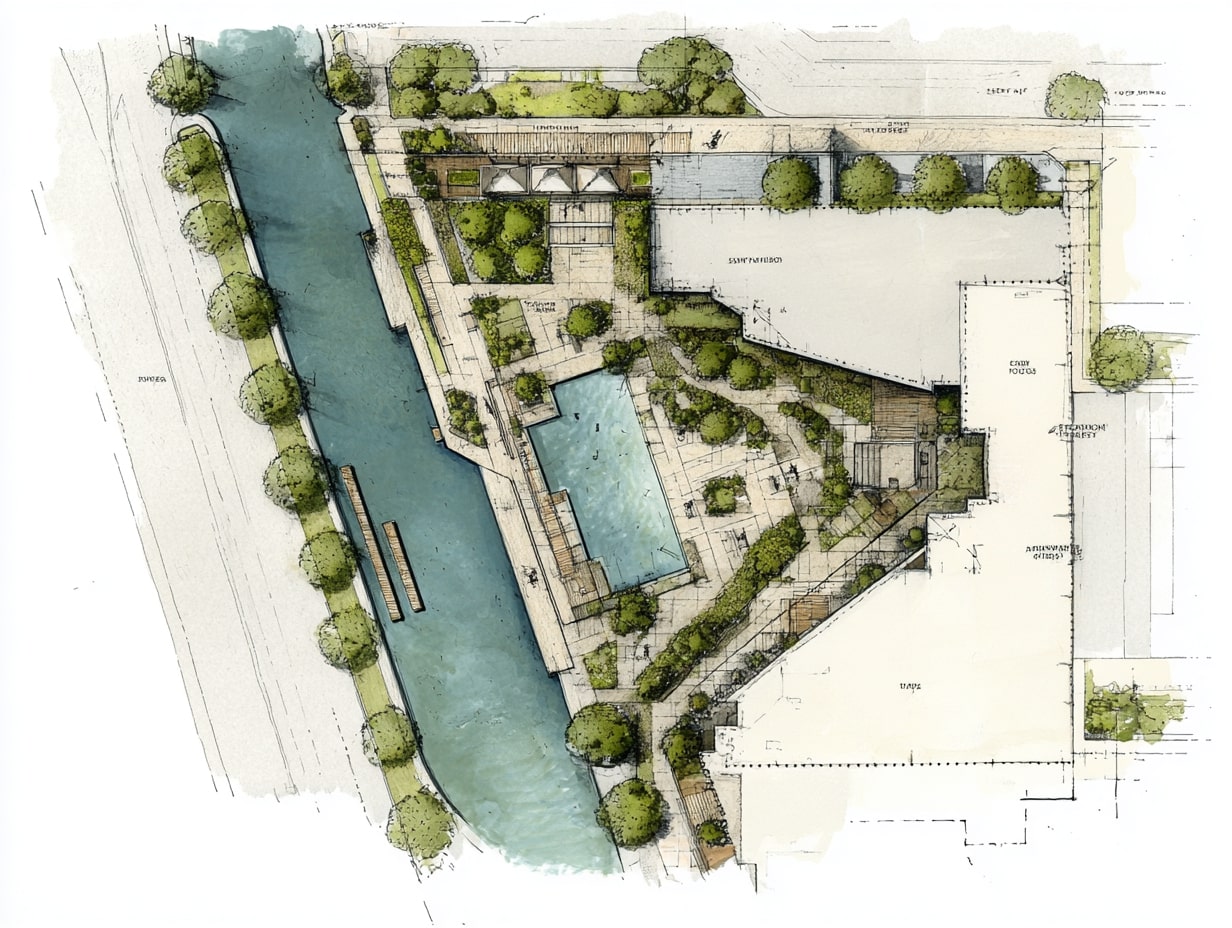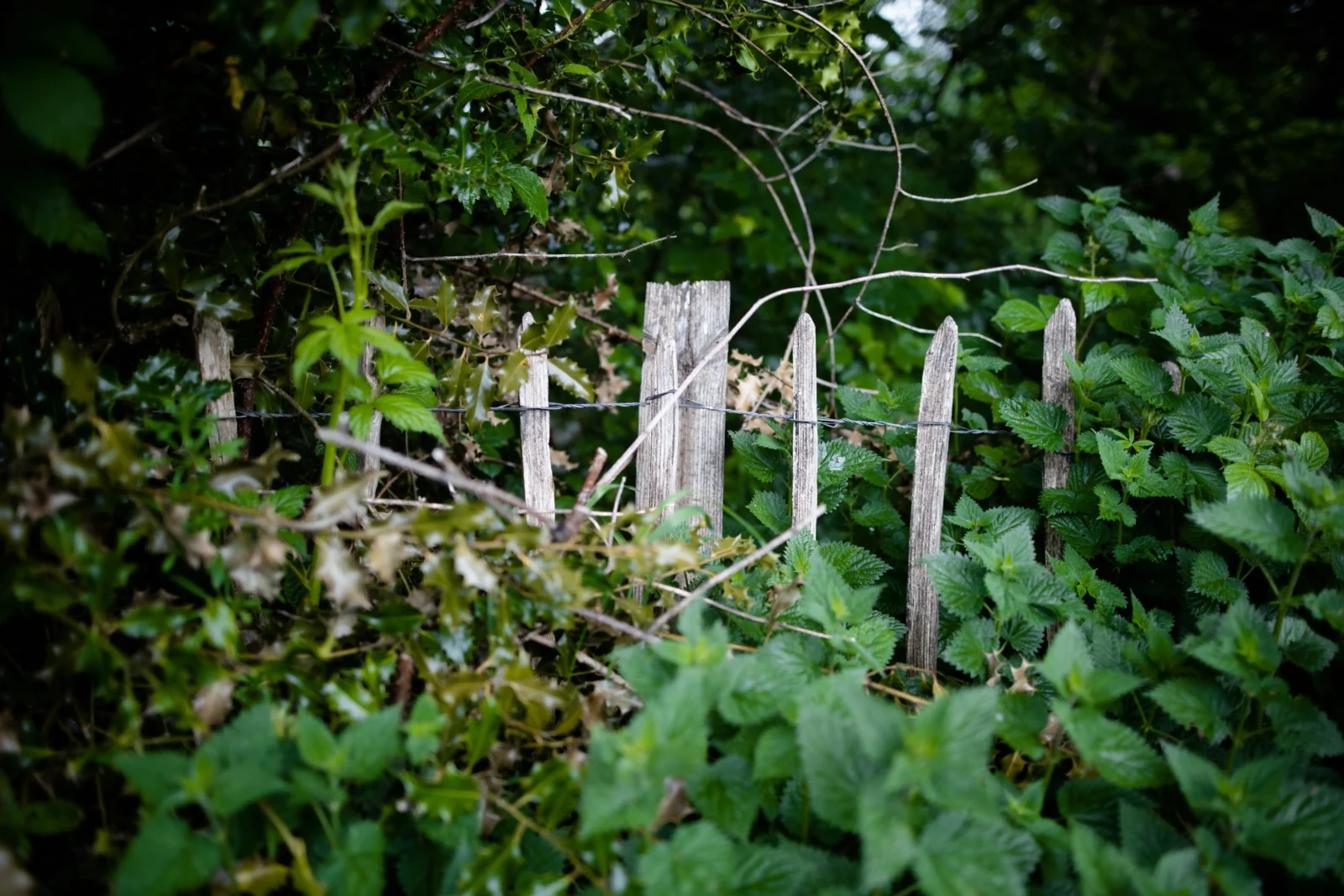- Home
- Articles
- Architectural Portfolio
- Architectral Presentation
- Inspirational Stories
- Architecture News
- Visualization
- BIM Industry
- Facade Design
- Parametric Design
- Career
- Landscape Architecture
- Construction
- Artificial Intelligence
- Sketching
- Design Softwares
- Diagrams
- Writing
- Architectural Tips
- Sustainability
- Courses
- Concept
- Technology
- History & Heritage
- Future of Architecture
- Guides & How-To
- Art & Culture
- Projects
- Interior Design
- Competitions
- Jobs
- Store
- Tools
- More
- Home
- Articles
- Architectural Portfolio
- Architectral Presentation
- Inspirational Stories
- Architecture News
- Visualization
- BIM Industry
- Facade Design
- Parametric Design
- Career
- Landscape Architecture
- Construction
- Artificial Intelligence
- Sketching
- Design Softwares
- Diagrams
- Writing
- Architectural Tips
- Sustainability
- Courses
- Concept
- Technology
- History & Heritage
- Future of Architecture
- Guides & How-To
- Art & Culture
- Projects
- Interior Design
- Competitions
- Jobs
- Store
- Tools
- More
How Timber Products Enhance the Beauty and Durability of Your Home

Timber products bring a unique charm and an undeniable strength to home design. By utilizing these natural resources, homeowners can achieve both aesthetic appeal and robust durability. Rather than relying solely on synthetic materials, incorporating timber into various elements of your home not only creates an inviting atmosphere but also promotes longevity. This blog explores the diverse role of timber in home improvement projects, focusing on its beauty, versatility, sustainability, and long-lasting qualities.
Table of Contents
ToggleColor Matching: The Art of Timber
Timber products come in a plethora of colors, from rich mahogany to the soft hues of pine. When selecting timber for your home, it is essential to consider how these colors harmonize with the existing palette. An effective color match can elevate the overall aesthetic of the space. For instance, in exterior projects, timbers like cedar and redwood often complement natural landscapes beautifully, while species like oak and maple can enhance interiors with a more traditional vibe.
When you blend these natural timber tones seamlessly with other elements, it results in an inviting yet sophisticated environment. From redwood cedar to mahogany the variations in grain and color complexity allow for creative freedom, enabling homeowners to craft visually stunning interior linings, doors, and cabinetry. This variety not only enhances the beauty of your home but also allows for a personalized touch that synthetic materials simply cannot replicate.

Timber’s Durability: Built to Last
Timber products have long been celebrated for their durability, especially when sourced from reputable suppliers. Quality timber can withstand the elements, reducing the risk of wear and tear associated with inferior materials. The natural resilience of timber makes it a preferred choice for both structural and decorative elements in homes. For example, hardwood flooring can last for decades, maintaining its elegance throughout the years. Timber can endure the challenges presented by varying weather conditions, making it ideal for outdoor furniture or cladding. Proper treatment and maintenance can extend its life even further, providing homeowners with emotional and financial satisfaction as they enjoy the beauty of timber long after its installation.
Sustainability of Timber Products
In an era of increased environmental awareness, the sustainability of building materials has become a significant consideration for many homeowners. Timber is often hailed as one of the most sustainable materials available. Sourced responsibly from managed forests, timber products minimize environmental impact and promote eco-friendly construction practices. Choosing timber not only supports forestry management but also contributes to a healthier carbon footprint since trees absorb carbon dioxide during their growth. Landscaping with timber, such as using it for decking or fencing, can enhance biodiversity in gardens by providing habitats for various wildlife. When timber eventually reaches the end of its life cycle, it can be recycled or repurposed, further reducing waste.
Versatility in Design
The versatility of timber products allows them to fit seamlessly into a multitude of design schemes. Whether you favor a rustic cabin vibe or a modern minimalist aesthetic, timber can be tailored to meet your style preferences. Its natural textures and patterns can adapt beautifully to different applications. From beautiful wooden beams adorning ceilings to intricately carved moldings framing windows, timber lends itself to creativity in interior architecture. The use of timber in furniture design offers endless possibilities. Custom-made pieces can be created to match existing decor, ensuring seamless integration throughout your home.

Maintaining Timber: Care for Longevity
To enjoy the full benefits of timber products, proper maintenance is essential. This involves regular cleaning, varnishing, and re-sealing to protect the wood from moisture and UV damage. It is advisable to choose finishes that will not only improve the appearance of the timber but also enhance its inherent durability. Homeowners should also be aware of factors that can affect timber, such as temperature fluctuations and humidity levels.
Timber as an Investment
Investing in timber products can increase your home’s value significantly. Unique timber elements often make a property more appealing to potential buyers, as they highlight craftsmanship and quality materials. Custom woodwork, such as built-in cabinets or bespoke furniture, can set a home apart in the competitive real estate market. The aesthetic appeal of timber can create inviting spaces, leading to increased interest from prospective buyers. Thus, incorporating timber can be seen not only as a design choice but also as a strategic investment in your property’s future.
Incorporating timber products into your home is a decision that blends beauty, durability, and sustainability. With its rich textures, lasting strength, and eco-friendly benefits, timber enhances both interior and exterior spaces in unique ways. Whether you’re looking to create a timeless aesthetic, invest in a durable material, or make an environmentally conscious choice, timber proves to be a versatile and valuable addition to any home.
illustrarch is your daily dose of architecture. Leading community designed for all lovers of illustration and #drawing.
Submit your architectural projects
Follow these steps for submission your project. Submission FormLatest Posts
Understanding Site Safety Footwear in Architectural Practice
Architecture is often discussed through drawings, models, and finished buildings, yet a...
General Arrangement Drawings in Architecture: The Backbone of Clear Design Communication
General Arrangement Drawings explained: what they are, when to use them, how...
The Ultimate Guide to Fencing in North Dakota: Choosing the Best Fence for Your Property
Watching a chain link fence twist in 70 mph winds near Minot...
Gaudí: Where Architecture Meets Science
Gaudí: Where Architecture Meets Science shows catenary arches, ruled surfaces, and biomimicry...












Leave a comment